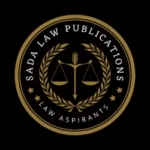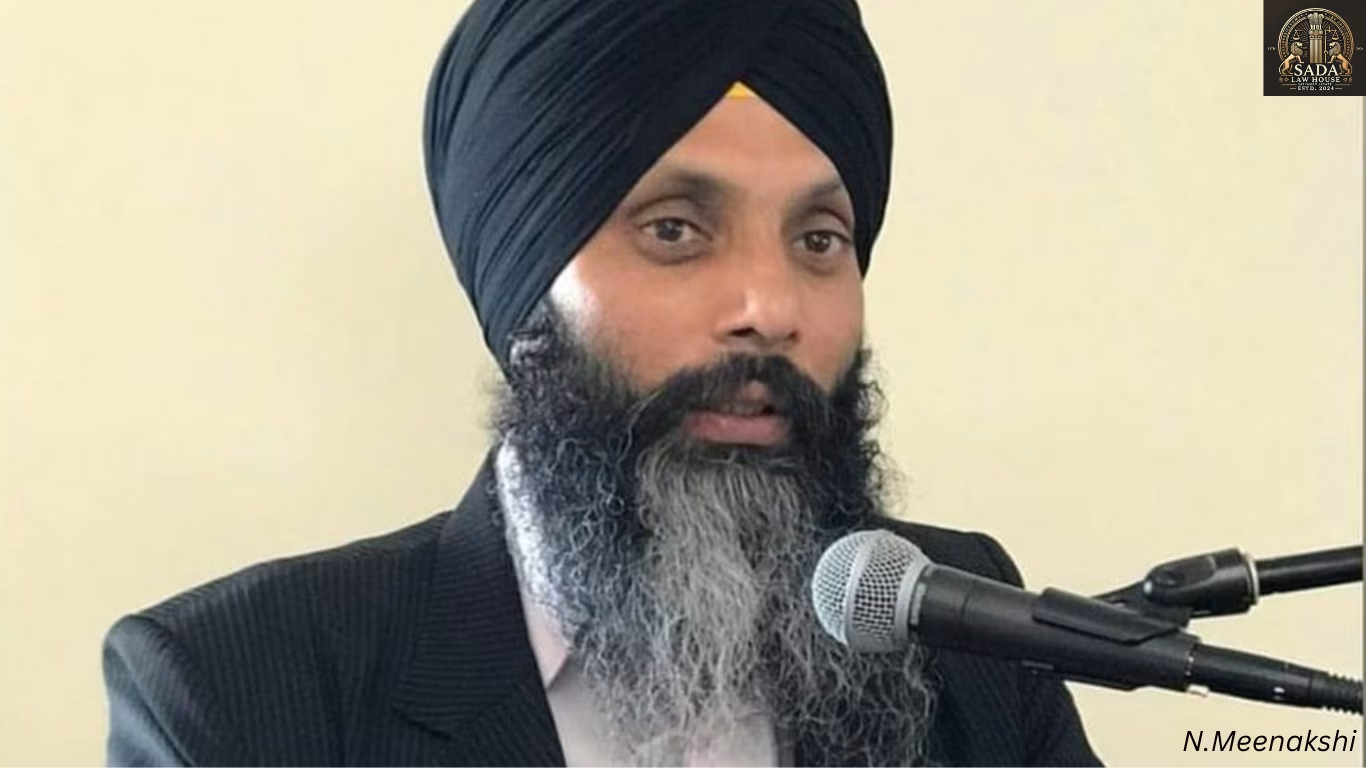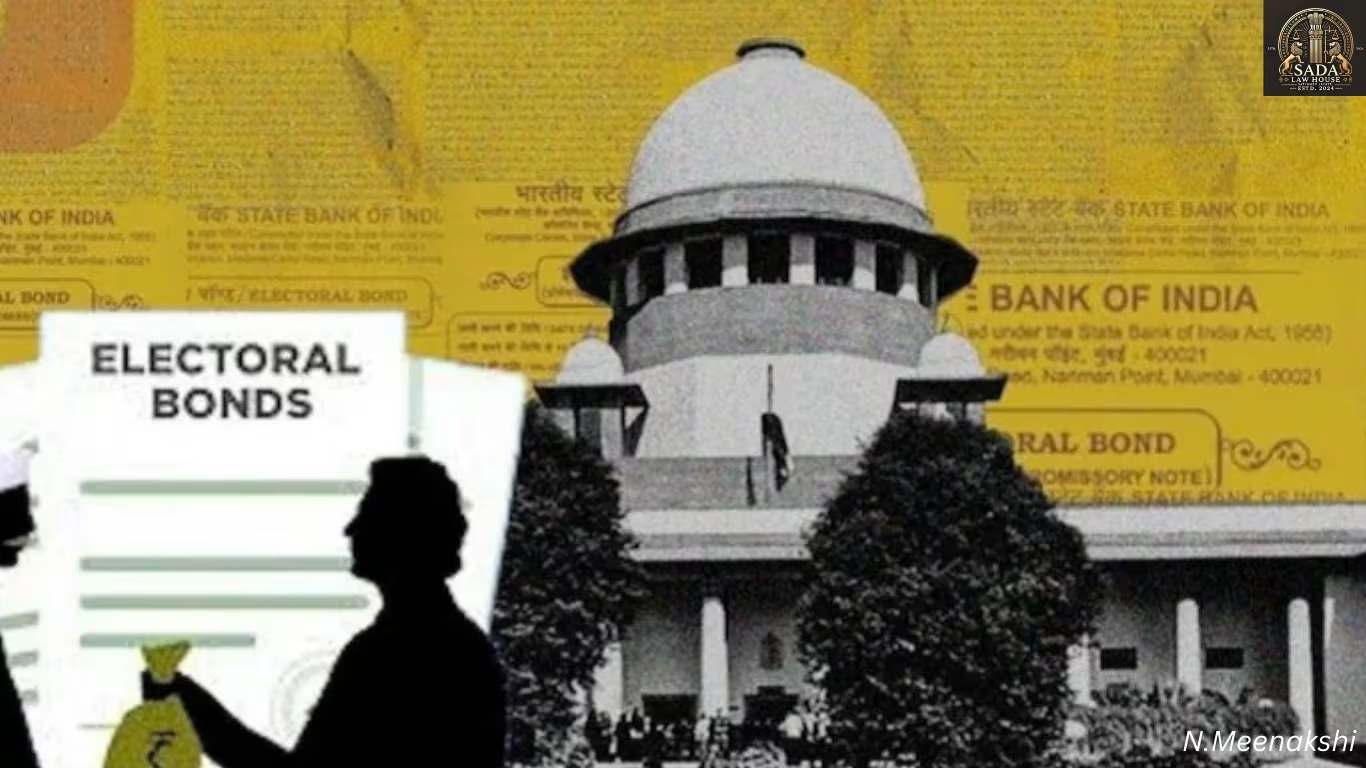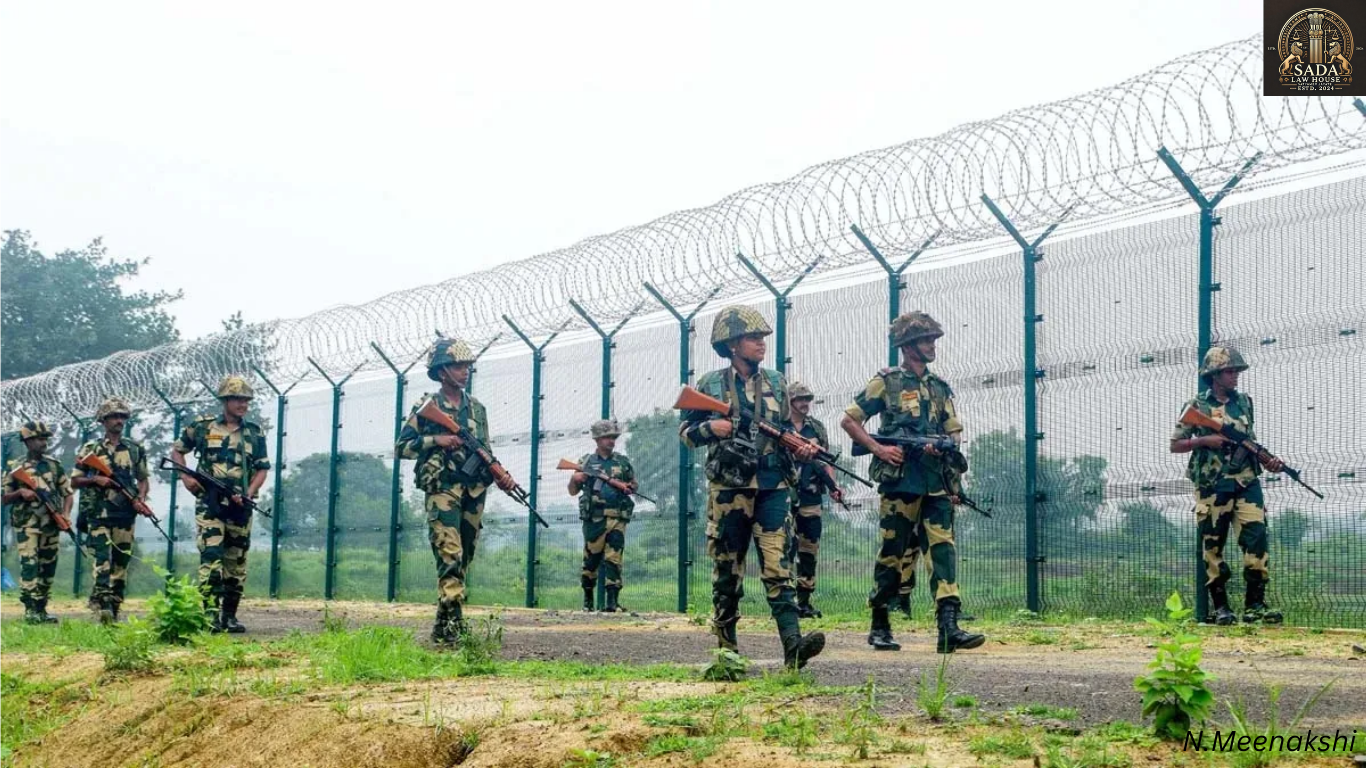Delhi High Court Orders Centre to Draft Deepfake Guidelines: Major Step for Digital Privacy and Free Speech in India
- KASHISH JAHAN
- 30 June 2025
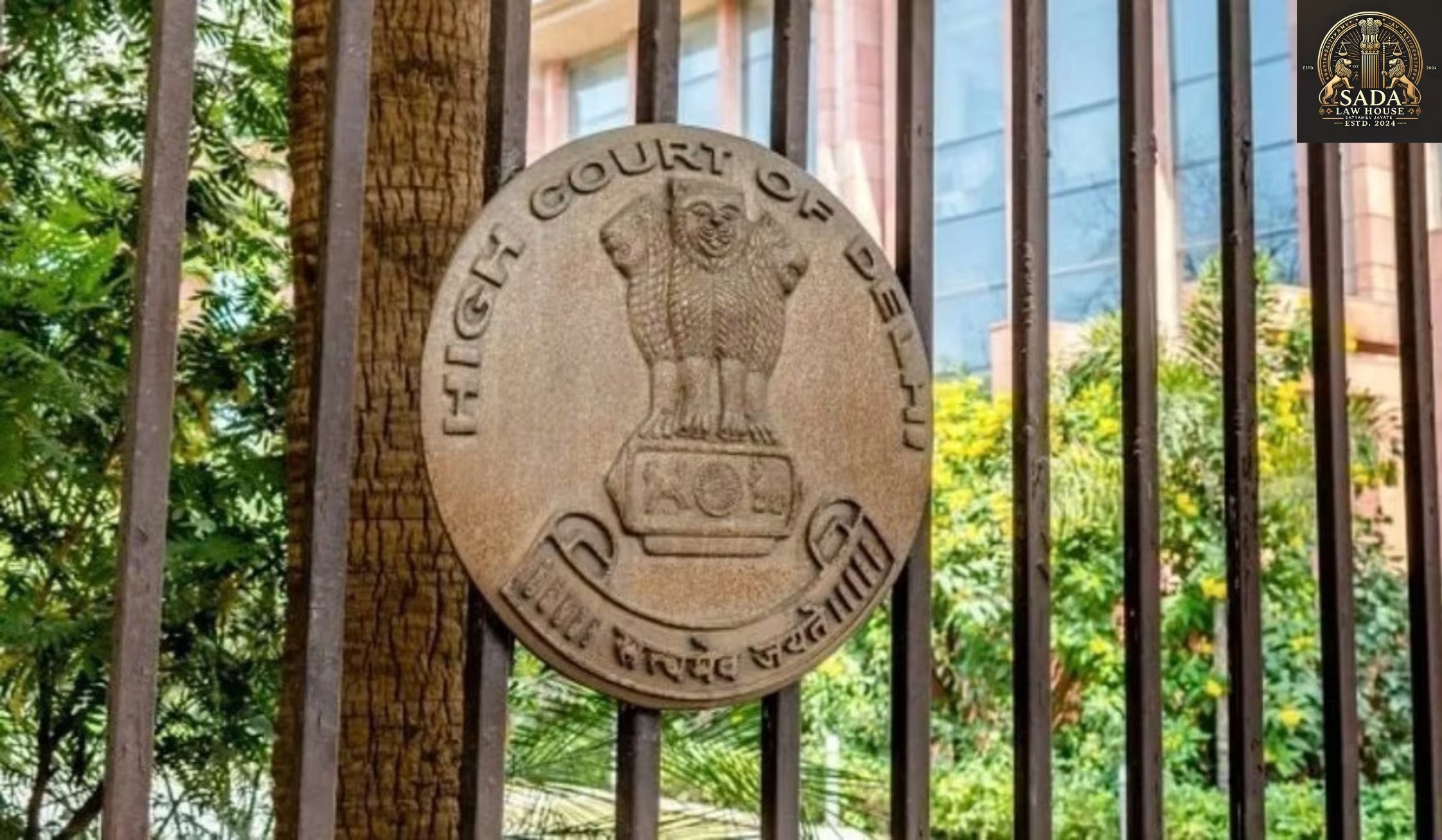
The Delhi High Court has directed the Union Government to create strict guidelines on deepfake content. This landmark move highlights the growing need for digital privacy, AI regulation, and balance between free speech and online safety in India.
India Takes a Stand Against Deepfake Threats
In a significant step toward strengthening digital rights and privacy, the Delhi High Court on 26 June 2025 directed the Union Government to develop comprehensive and enforceable guidelines to tackle the growing menace of deepfake content on social media and digital platforms within three months.
This directive came in response to multiple petitions from celebrities, journalists, and civil society members, who expressed concern over the damaging impact of AI-generated manipulated videos on individual dignity, privacy, and democratic discourse.
Why the Case Gained Urgency
The issue escalated after several high-profile individuals, including a prominent woman journalist and a well-known Bollywood actress, were targeted with explicit deepfake videos that went viral on social media. Despite repeated complaints, law enforcement struggled to trace or remove the content, exposing serious flaws in India’s cyber regulations.
Justice Prathiba M. Singh emphasized the constitutional significance of the issue, stating that “the right to privacy, the right to dignity, and the right to reputation form an inseparable core of Article 21 of the Constitution.”
Existing Laws Are Outdated, Says the Court
The court highlighted that current provisions under the Information Technology Act, 2000, and IT Rules, 2021 are inadequate to handle the evolving threat of AI-generated deepfakes, which are often undetectable and difficult to remove once circulated.
Government Response and Court’s Directives
During the hearing, the Ministry of Electronics and Information Technology (MeitY) acknowledged deepfakes as a “serious concern.” Officials mentioned ongoing consultations with major stakeholders including social media companies, cybersecurity experts, and civil society groups.
However, the court insisted on swift action and ordered a draft framework within four weeks and final guidelines within three months. These guidelines must assign clear responsibilities to platforms to identify, flag, and remove deepfake content swiftly.
The Growing Debate: Regulation vs Free Speech
This legal development has intensified the national debate around digital expression. Advocates of free speech warn that stringent guidelines could lead to censorship or curb legitimate satire and parody. Conversely, privacy advocates and women’s rights organizations argue that unchecked deepfakes can irreparably damage reputations, particularly targeting women and minors.
Legal experts believe this reflects a broader global challenge, as countries from the European Union to the United States grapple with the same issue—how to balance free expression with protection against digital manipulation.
What Lies Ahead for India’s Digital Policy
Once implemented, these new regulations are expected to mandate real-time detection tools, specific takedown deadlines for platforms like X (formerly Twitter), Instagram, and YouTube, and impose heavy penalties for non-compliance.
Cyberlaw experts argue this could pave the way for robust data protection and AI governance laws in India, critical for curbing the spread of digital misinformation in the world’s largest democracy.
Conclusion: Balancing Free Speech and Digital Safety
This interim order by the Delhi High Court may prove to be a turning point in India’s digital governance. As final guidelines take shape, the nation faces a defining challenge: how to uphold Article 19(1)(a) guaranteeing freedom of speech, while also protecting the fundamental right to privacy and dignity under Article 21.
Live Cases



